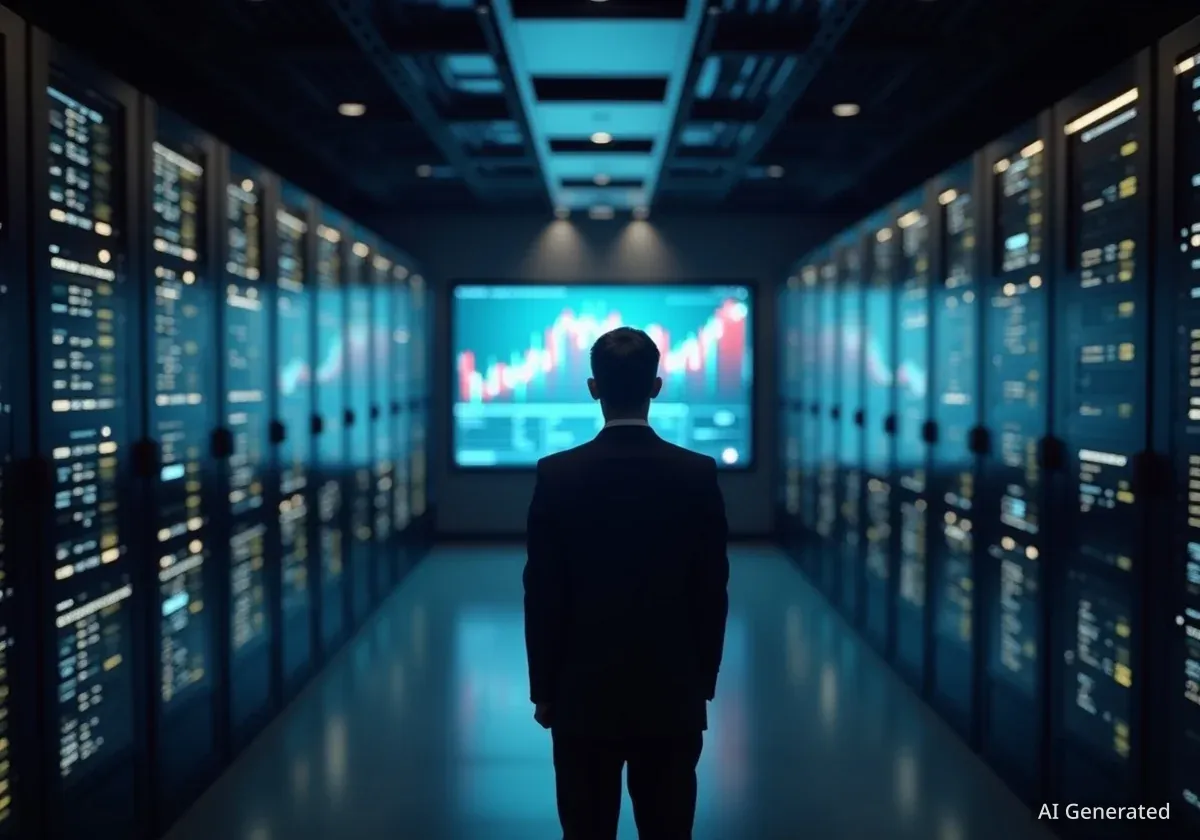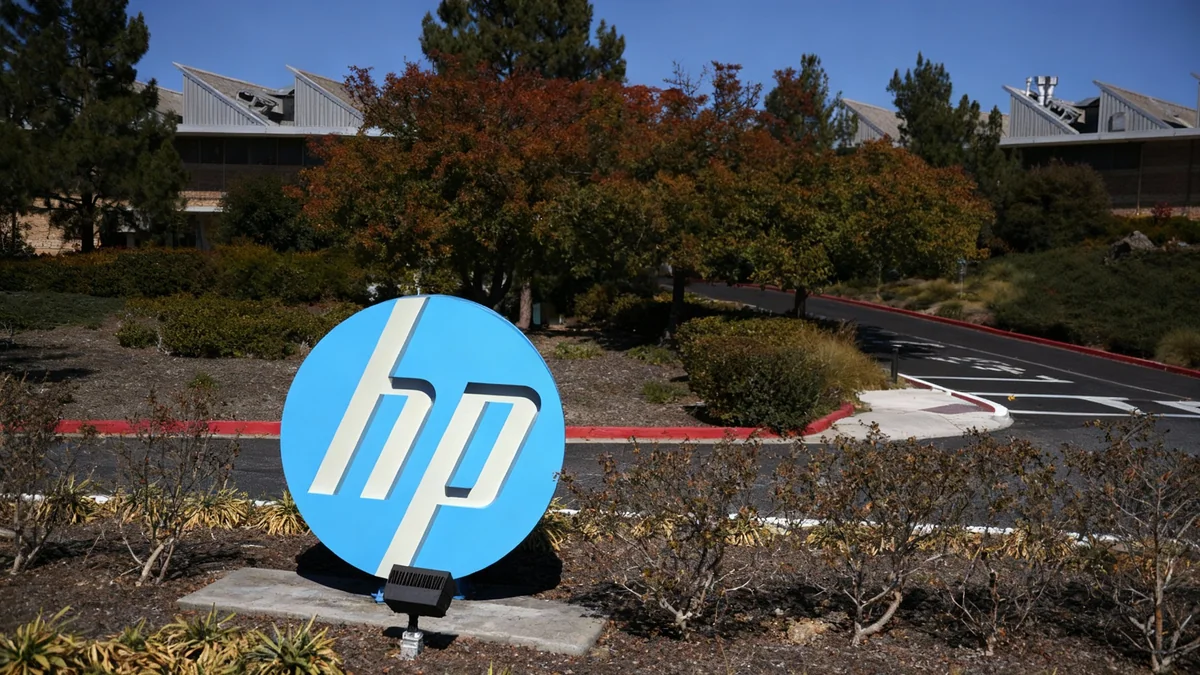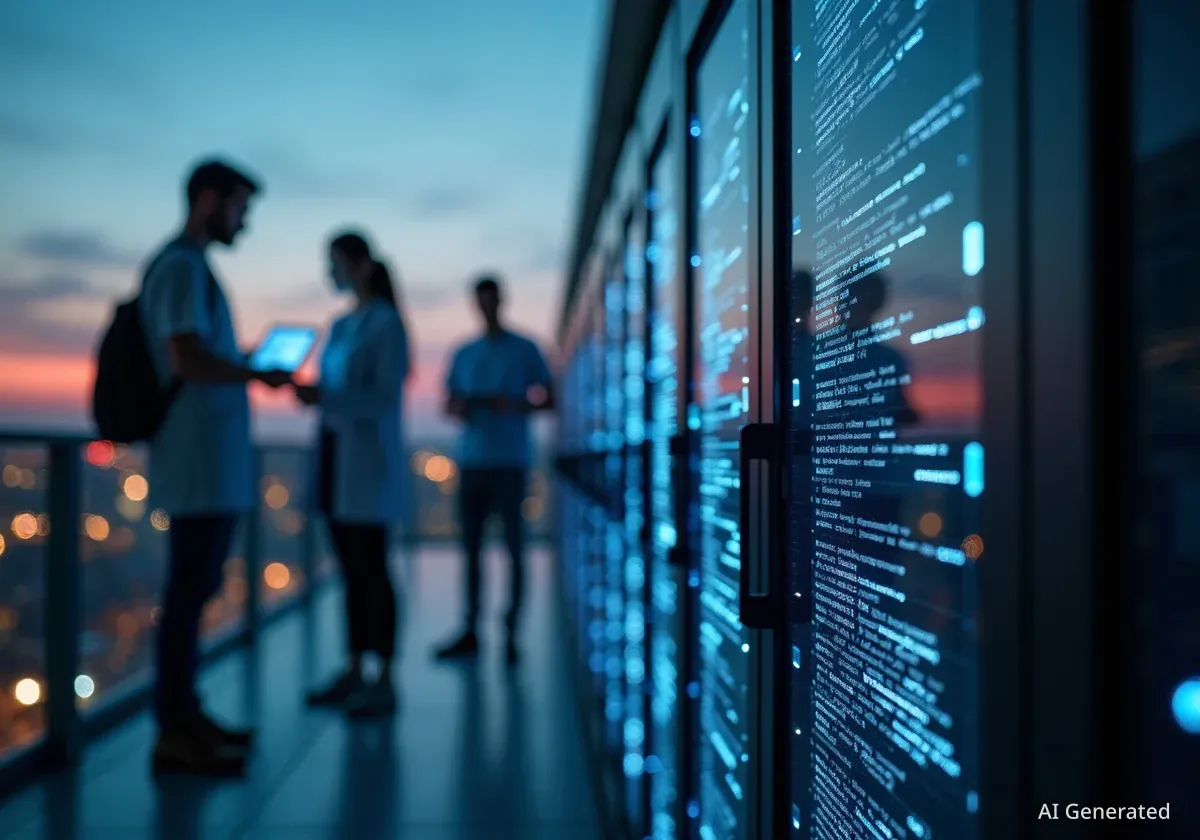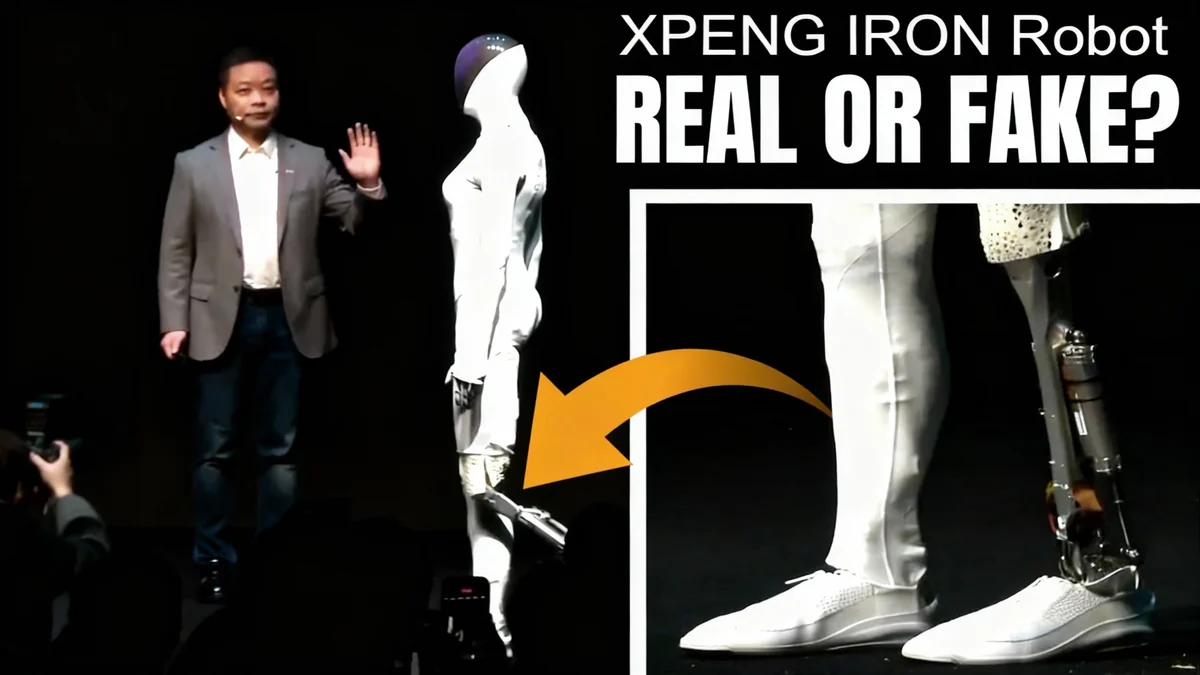John Chambers, the former CEO who guided Cisco Systems through the dot-com boom and bust, sees familiar patterns in the current artificial intelligence frenzy. Now a venture capitalist, the 76-year-old technology veteran warns that while AI's potential is immense, a market correction is likely for companies unable to turn the technology into sustainable business models.
In a recent discussion, Chambers drew direct parallels between the investor excitement of the late 1990s and today's AI-driven market surge. He highlighted key differences in speed and scale, suggesting the impact of AI will be significantly larger and faster than that of the internet revolution.
Key Takeaways
- John Chambers believes the current AI boom has parallels with the 1990s internet bubble, but will move five times faster and have three times the impact.
- He predicts significant job displacement, stating jobs will be eliminated faster than they can be replaced in the short term.
- Chambers forecasts that up to 50% of Fortune 500 companies and their executives could disappear due to an inability to adapt to AI-driven changes.
- He views the current global landscape as the most uncertain in history, driven by rapid technological and geopolitical shifts.
- Chambers also commented on the U.S.-China relationship, describing it as competitive and dangerous over the next five years.
AI and the Echoes of the Dot-Com Era
Chambers has a unique perspective on technology cycles. He led Cisco during a period of extraordinary growth when its market value soared from around $15 billion in 1995 to a peak of $550 billion in March 2000, briefly making it the world's most valuable company. This meteoric rise was fueled by the build-out of the internet.
However, he also navigated the subsequent crash, which saw Cisco's stock price fall by over 80%. He recalls this period as the most difficult of his career. This experience now informs his view on the current AI landscape, which he describes as a mix of tremendous optimism and potential for a future bubble.
"In the internet age, there was an irrational exuberance on a really large scale. In this AI one, there is a lot of tremendous optimism that does indicate a future bubble for certain companies," Chambers stated.
He questions the long-term viability of many AI ventures, asking, "Is there going to be a train wreck? Yes, for those that aren’t able to translate the technology into a sustainable competitive advantage."
Cisco's Dot-Com Journey
During the late 1990s, Cisco Systems became the essential provider of networking equipment that powered the internet. Its valuation skyrocketed as demand surged. After the bubble burst in 2000, the company recovered and achieved consistent growth under Chambers' leadership, but its stock has never returned to its peak valuation, illustrating the long-term effects of a market correction.
The Unprecedented Speed of AI Innovation
While the parallels to the internet boom are clear, Chambers emphasizes a critical difference: the speed of development and deployment. He estimates that AI is evolving at a rate five times faster than the internet did, which has profound implications for businesses and the workforce.
He explained that internet-era startups often spent two years developing a product before going to market. Today's AI companies can do the same in a matter of weeks or months.
"Today, AI startups develop the product in a month and sometimes in a week, and then they bring it to market in one or two quarters," he noted.
This accelerated pace means that the window for companies to adapt is shrinking rapidly. According to Chambers, leaders trained for five-year planning cycles will struggle in an environment that demands reinvention within 12 months.
Impact on the Workforce and Corporate Landscape
Chambers offers a stark prediction for the future of work and corporate America. He believes the rapid advancement of AI will lead to significant job displacement, particularly affecting entry-level positions in both white-collar and blue-collar sectors.
"The problem this time is that if I am right about AI moving at five times the speed of the internet, we are going to destroy jobs faster than we can replace them," he warned. While he believes new jobs will eventually be created, he anticipates a difficult transition period requiring widespread re-education.
A Forecast of Corporate Disruption
John Chambers predicts that the AI revolution could lead to a dramatic reshaping of the business world. He suggests that as many as 50% of Fortune 500 companies and 50% of their executives could disappear because they lack the skills to adapt to the new, AI-driven economy.
He urges a fundamental change in education to prepare for this upheaval. For businesses, he hopes that increased productivity and profits from AI will be reinvested into new areas to generate employment, rather than just increasing dividends for shareholders.
Navigating Global Uncertainty and Geopolitical Tensions
Beyond the economic implications, Chambers views the current era as the most uncertain time on a global basis in history. He argues that this level of constant change is the "new normal" and requires a new kind of leadership capable of continuous reinvention.
The U.S. and China Tech Rivalry
Chambers also addressed the complex technological and economic relationship between the United States and China. He described China as a "serious competitor" with the intention to surpass the U.S. militarily and economically.
"I do not view them as a partner, I view them as a serious competitor on all fronts and someone I don’t trust," he said. "We should have no illusions that they intend to crush us."
He foresees a difficult and "bumpy and dangerous" period over the next five years. However, looking further ahead, he believes that mutual interest will eventually lead to a more cooperative relationship. "Go out 10 years, and that’s the most likely outcome," he concluded, suggesting that it is in the best interest of both nations to find a way to coexist.
Chambers also commented on the political landscape in the U.S., noting a shift in Silicon Valley's alignment. He observed that the tech industry has moved to the right for economic reasons, driven by concerns over excessive regulation and a desire to remain competitive with China.





